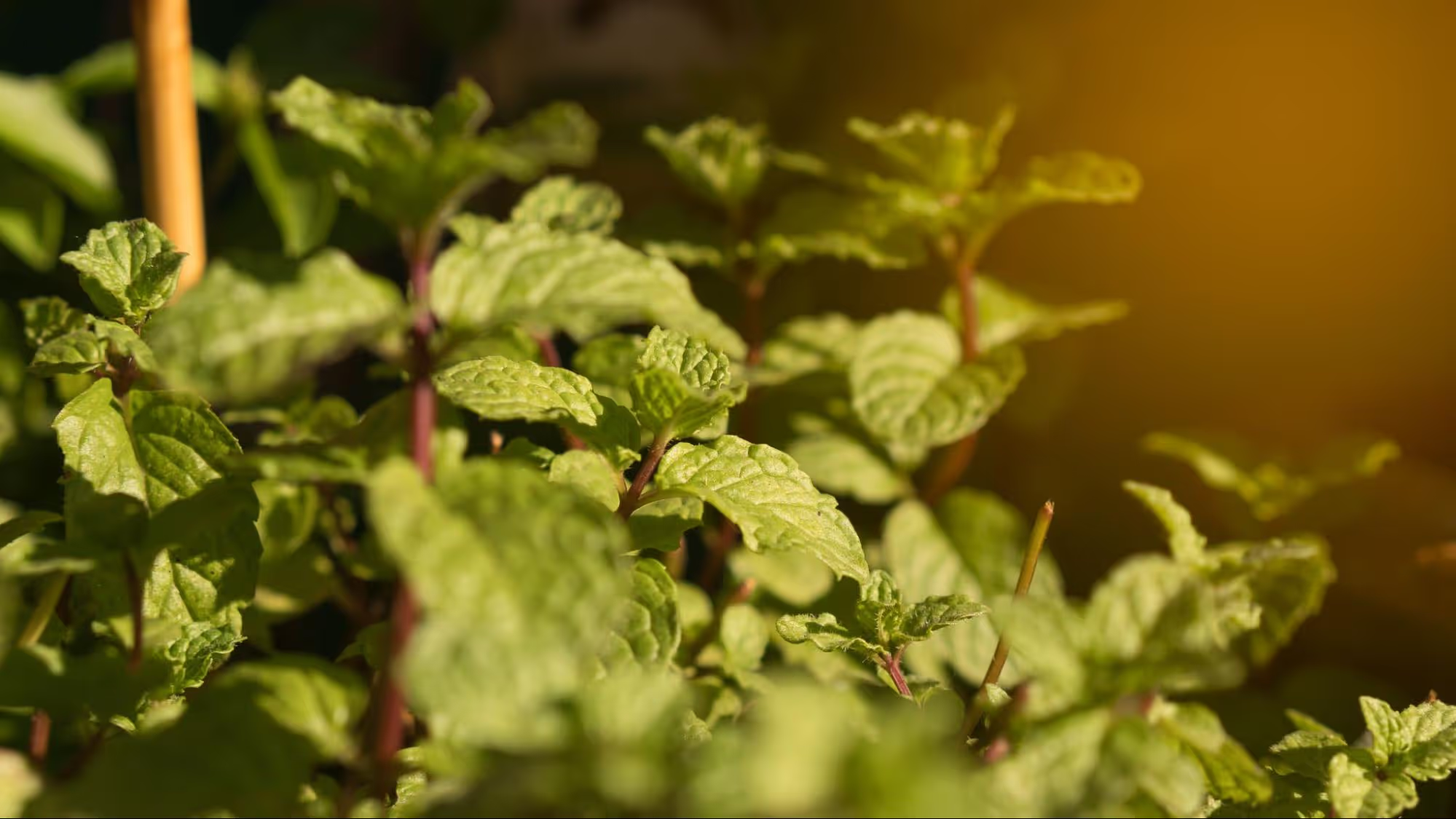
Mint is a plant that requires appropriate lighting conditions for healthy development. Although it loves light, not all types of light are suitable for its growth. To help the plant thrive, it’s important to provide the right lighting conditions, whether grown by a window with indirect light or under artificial lighting in indoor spaces. By choosing the right light, optimal growth and health of the mint can be achieved.
Mint prefers light but cannot tolerate direct sunlight, which can cause leaf burns. It is best placed in an area that receives indirect light, such as near an east or west-facing window. This position allows the plant to receive enough light during the day while protecting it from overexposure to intense sun. East-facing windows provide a moderate amount of light in the morning, which is ideal for mint's growth. Additionally, starting and ending the day with soft light or weaker sunlight creates an ideal lighting regimen for the plant. If the plant is placed on the south side, it is essential to protect it from direct sunlight, as excessive exposure can damage the leaves and lead to leaf drop.
In addition to natural light, mint can also thrive under artificial light. The best option is to use full-spectrum LED lights, which mimic natural sunlight. These LED lamps provide uniform and efficient light for plants, making them an excellent solution for growing mint indoors or during the winter months when natural light may be limited. Full-spectrum LED lights enable mint to grow healthy and quickly, even when exposed only to artificial light. These lamps emit light that stimulates the photosynthesis process, which is crucial for the plant's proper growth.
To achieve optimal results, the light should be placed 30 to 45 cm above the plant, ensuring a light period of 12 to 16 hours per day. This light duration provides the plant with the necessary energy for healthy and fast growth.
Mint will show signs of dissatisfaction with light in several ways. If the light is inadequate, the plant may exhibit the following symptoms:
If these changes are noticed, adjusting the lighting conditions is recommended, either by moving the plant to a more suitable location or using artificial light.
Mint prefers moderate temperatures, ranging from 18-24°C, and generally adapts well to changes in lighting conditions. However, it is important to avoid placing the plant in excessively cold or hot areas, as this can negatively affect the light quality and slow down the plant's growth.
Winter and Light: During winter, due to shorter days and weaker sunlight, plants may receive less natural light. In this period, artificial lighting can be beneficial, as well as moving the plant closer to a window that receives light, even if it is not direct sunlight.
For optimal growth, it is important to rotate the plant regularly. If mint is not evenly exposed to light, it may begin to grow tilted to one side. It is recommended to rotate the plant every few days to ensure it receives light from all sides.
Additionally, mint is sensitive to sudden temperature changes, so it is important to avoid exposing it to drafts or excessive heat. Placing the mint near heaters or in drafty areas can negatively impact its growth and health.
For healthy mint growth, it is crucial to provide the right lighting and temperature conditions. By selecting appropriate light, whether natural or artificial, and ensuring stable temperatures, the plant can grow vigorously and healthily. Regularly rotating the plant, protecting it from sudden temperature changes, and avoiding direct sources of heat or drafts are also important factors for its optimal health. By following these tips, mint will thrive in favorable conditions and provide a rich harvest of aromatic leaves.